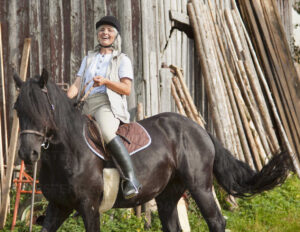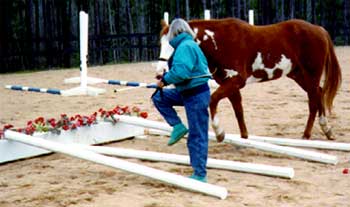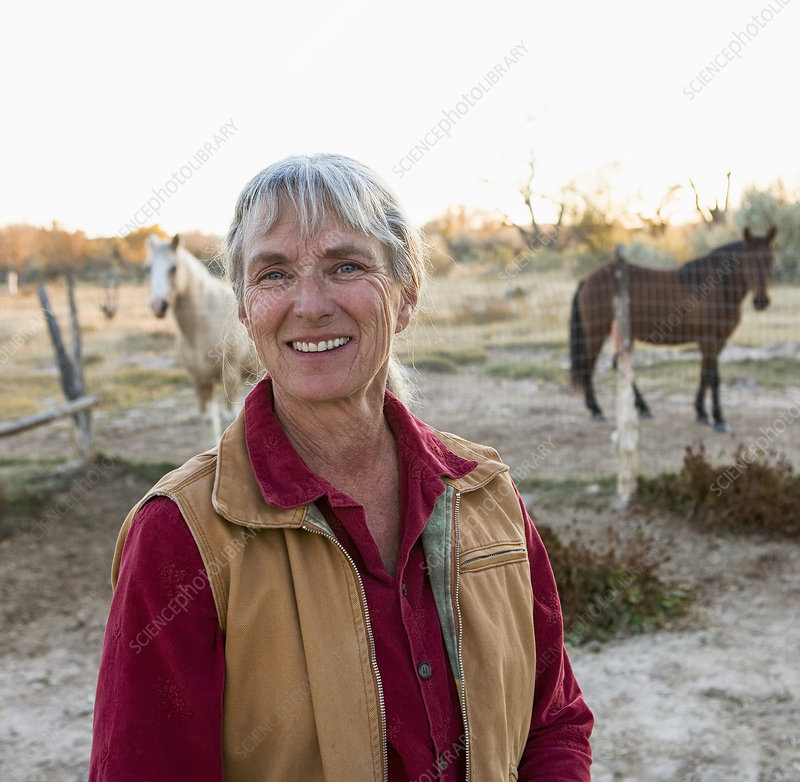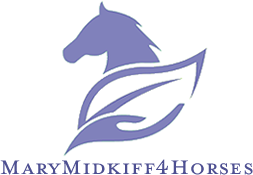I’ve been through it have you? Are you going through it now? Are you curious about what lies ahead?
Going through menopause used to be thought of by society as the time when a woman become useless, tired, crazy, troublesome and many more undesirable descriptivism! Now we know it is a change in our reproductive and hormonal systems that can be balanced, managed, supported and nurtured. Thank goodness for women looking after women! Be sure to read this link to Horse Riding Women Speak Out from Horse and Hound.
For more in depth concerns about menopause and possible associated conditions affecting your riding read the second link provided by the National Library of Medicine below.
There are many of us that want to continue to ride our horses through this change in our life systems. Menopause typically starts in the early fifties although there are variances in this average and ends by our sixties. This is what happened to me and it lasted about 6 years. Not an insignificant amount of time!
I went to support groups with other women experiencing the same stages; researched and was consulted in holistic and alternative natural forms of relieving symptoms; started natural hormone therapy replacement and participated regularly in Pilates sessions to maintain and strengthen my core and limbs. I also paid attention to my saddle fit and what I expected from myself, my horse and my goals. Giving myself allowances when I felt weak, tired, distracted or needing calm, quiet, communal moments with nature.
Menopause takes a conscious and conscientious approach to riding and maintaining your riding throughout this time and beyond.

Menopause can happen naturally with aging or from a surgery, chemotherapy or other causes which stop your ovaries from producing eggs which ends the production of progesterone and estrogen.
Vasomotor symptoms usually start with hot flashes, night sweats, sweating, blushing, fatigue, sore joints and bones and bladder issues, and evolve further into anger, anxiety, depression, mood swings, and vaginal dryness.
Our riding is affected by all of these symptoms plus the issue of loosing confidence. Here are several ways to help you manage and get through these stages and interferences to learning what riding at 60 and beyond can be for you.
- Make sure you are working with a female doctor and/or a female health group to get the best support possible with the latest medical information.
- Seek out a local health goods store that has programs and information on peri-menopause and menopause as well as natural product experts. They can guide you on what will work for you and the symptoms you are experiencing. Products such as Vitamin D, increase in calcium for bone density and Omega 3 oil for nerve support are all part of improving your health and decreasing disruptive symptoms.
- Is your horse right for you at this stage of your life? This may be a very difficult question to address. Maybe you bought your horse to compete and now you need something different. Consider a lease/share option with another rider that you trust and look for a similar situation that works for you now.
- Saddle fit will be very important for security, balance and body position as you go through the ups and downs of fitness, muscle tone, reflex changes and joint health.
- You will be getting fit to ride from now on and your riding will need to be supported by core strength exercise programs specifically. Yoga, Tai Chi and Pilates are best for this targeted area as well as providing calming therapy for mood swings, crying bouts, cranky streaks and giggly fits. There are exercise studios in almost every community now. Go online and find one near you and get involved. It is key to your riding safety and success.
- Look into natural hormone replacement therapy. There are pros and cons but I have found only positive affects for myself. I have restored my vitality, my energy, my health overall and my athleticism due to providing my body with the hormones it is missing. Please do not use artificial hormone replacements as they typically come from mare pregnancy factories. Mares live in standing stalls and are kept pregnant most of the year. Their urine is collected in diapers and used by the pharmaceutical company for their hormone products. Stick with plant based therapy.
- You may need to have a referral for a natural or chemical anti-depressant for your mental health. I had very bad PMS in my 30s and 40s and needed this mental health support to keep me actively working and being productive; balanced in my life.
- In your riding you will need to always wear proper supportive athletic bras and perhaps padded underwear. The padded underwear can be briefs or longer like cycling tights. Either way this helps with your vaginal/vulva area friction issues during sitting trot and canter or on long hacks.
- At night or anytime you can lie on the floor and roll out your spine on a foam roller to keep the vertebrae open and healthy. And incorporate pilates exercises and stretches. This takes me about 10-15 minutes every day. And what a difference it makes!
- Please do not be shy or ashamed to share your situation with your instructor/trainer. If they are not listening and open to what you are going through then you need to find someone else. This is not the time to be driven and pushed and shouted at every time you ride. This is a time to enjoy the ride, do fun and interesting exercises and be encouraged. Some days will be more ambitious than others and you should be able to share this with your trainer/instructor. Why go through this stress when it’s up to you who you ride with?!!!
- Join or locate a riding club with women of similar ages. You can share and help each other, go on rides together, plan outings and events together and enjoy the world of the horse without riding all the time.
- Consider doing and learning more about ground work with your horse. Ground work is an integral part of bonding with a horse, opening yourself up to trust and partnership, learning nuances of what the horse is saying through questions and obstacles, spending part of your time on the ground and part in the saddle or some days just do ground work. It’s very rewarding, fun, interesting and there are thousands of techniques and activities to participate in on the web, You Tube, and in webinars.


And finally, Listen to yourself. Do not be hard on yourself or negative. This was hard for me as a very active athlete and rider. I wanted the same performance from my body consistently and it wasn’t happening that way. I had to relax, be at peace with myself, work on my breathing, take moments of meditation, seek out advice from friends and therapists, search for helpful methods to get me through rough patches and view my riding in a new and healthy way.
You can do this but it takes a moment by moment, day by day approach. Always ask, seek, question and be open to what’s available for you and your horse.
Please reach out to me and others by being proactive in your approach. I look forward to any comments or helpful tips for women riders. Very best wishes, Mary
